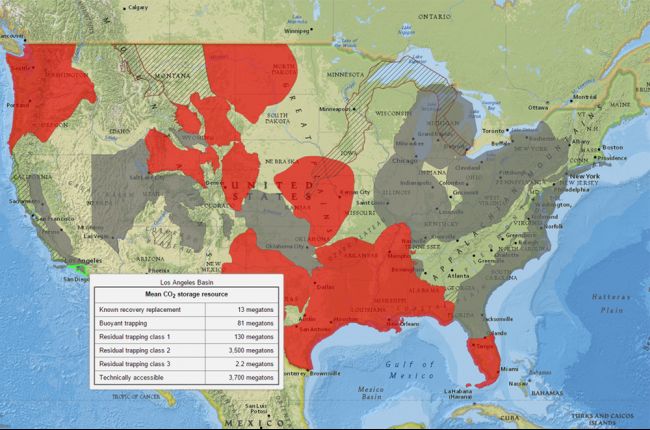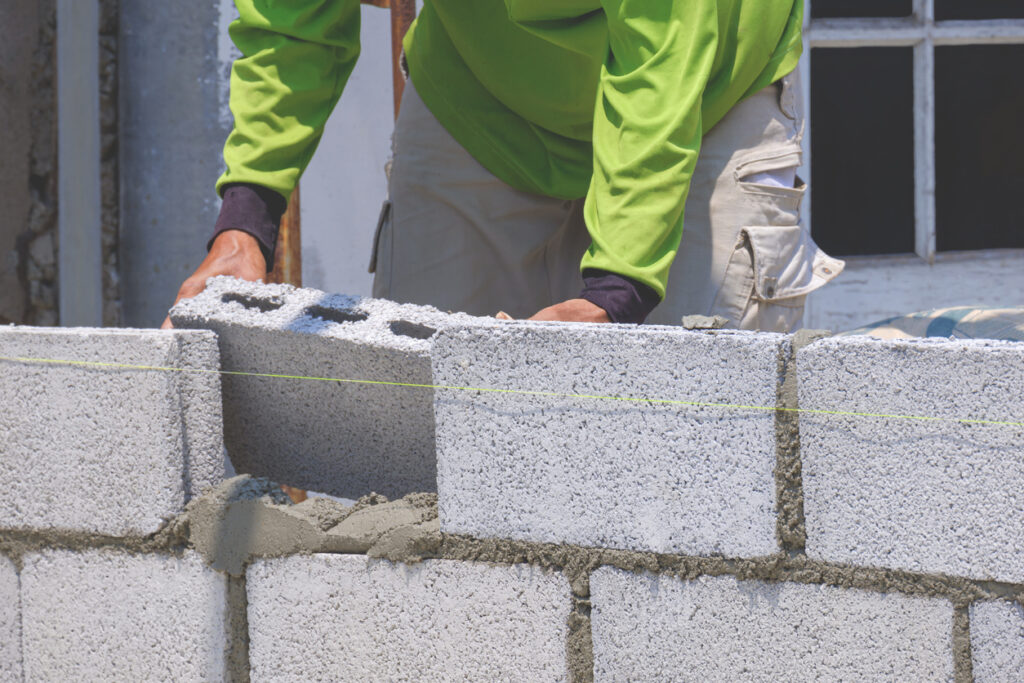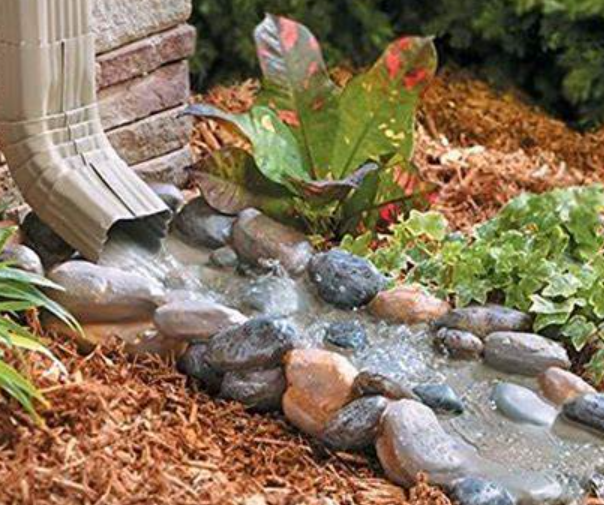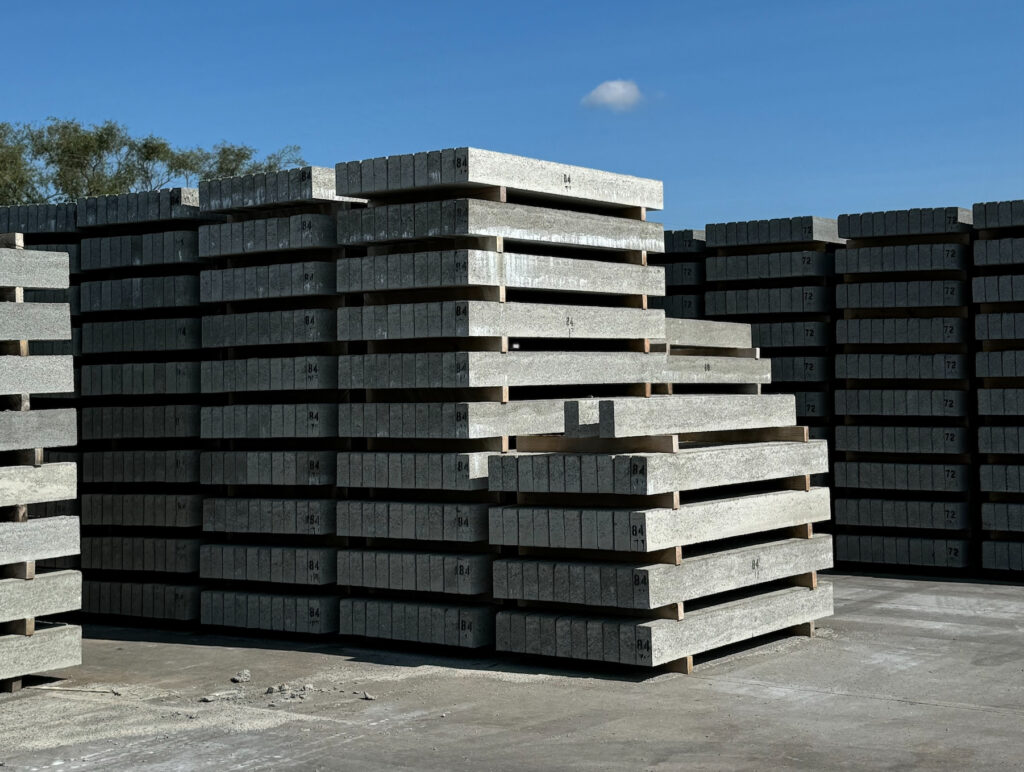The Mirage of Carbon Capture
The impact of CO2 and other greenhouse gases on climate change is undeniable. To address this issue, the allure of capturing this carbon from the atmosphere is undeniable. It is often raised by both emitters and sustainability professionals, as a strategy to address the challenge of emissions. Put another way carbon capture is like picking up the trash after a party. We had a party, fun’s over, and it’s time to clean up. Or even better yet we call up a cleaning service, and don’t even have to worry about the problem ourselves. However, it’s not nearly this simple.
The idea of Carbon Capture and Sequestration (CCS) has existed for many decades, and has even been done on an industrial scale for more than 50 years. But even this, isn’t really reducing the CO2 in our atmosphere. It’s most often done to enhance production from oil wells. While financially advantageous, this only leads to more carbon emissions. This is really a backslide on the reason we are doing carbon capture in the first place. This has lead a lot of folks to propose doing carbon capture solely for the sake of carbon capture (see Heidelberg Materials CCS plans).
Unfortunately the concept of CCS has been stuck on three challenges that they have been unable to successfully overcome.
-
- Concentration while we have doubled the amount of CO2 in the atmosphere it is still only a small fraction of the atmosphere representing only 1 out of every 2,500 molecules (~400 ppm). Treating something that is dilute is more costly and something that is concentrated.
- Costs the complex industrial nature of taking a gas, compressing it, and storing it underground are expensive. Low end estimates are $100-$200/ ton, which would effectively double the cost of cement. Even in markets with crediting mechanisms, pricing models often fall well short of making this financially feasible.
- Siting it’s important to have a location that is geologically suited to store CO2 (eg salt domes). Conveniently they tend to mirror places where oil can be found, but they aren’t always neatly aligned with where the CO2 is produced.

Source: https://co2public.er.usgs.gov/viewer/
To be fair CCS is not a bad idea, it just doesn’t seem to work in the field. With that in mind, it’s perhaps better to reprioritize efforts to ideas that avoid emissions in the first place.

VP of Business DevelopmentAaron Fisher
Latest News

How Long Does Type S Mortar Take To Cure?
Like all mortars, Type S mortar requires careful attention during the curing process to reach its full strength. This isn’t […]

Decorative Downspout Splash Block Ideas For A Stylish Exterior
Creating a stylish exterior involves paying attention to the smallest details, and downspout splash blocks can make a surprising difference. […]

A Stormwater Compromise to Nowhere
I went to visit my grandmother at her new apartment and drove past an atrocity of a stormwater/transportation compromise. It […]

Choosing The Right Size: Your Essential Concrete Lintel Size Guide
Choosing the right size for a concrete lintel is a critical decision that can significantly impact the structural integrity of […]
